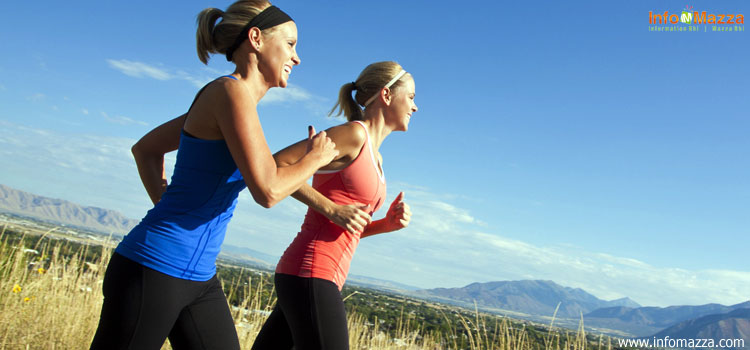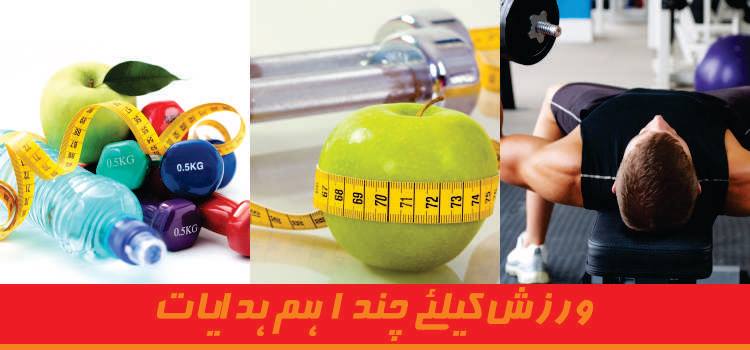Deep breathing has become increasingly important in my recovery from depression and anxiety because I recognize that shallow breath contributes to my panic. In fact, at my worst hours, I would use a paper bag to keep from hyperventilating.
The practice of deep breathing stimulates our parasympathetic nervous system (PNS), responsible for activities that occur when our body is at rest. It functions in an opposite manner to the sympathetic nervous system, which stimulates activities associated with the fight-or-flight response.
I like to the think of the PNS as the calm sister and the sympathetic nervous system as the non-sympathetic crazy sister on the verge of a nervous breakdown. You know that woman in the movie “Airplane” that’s wigging out (watch this clip), and there is a line behind her of people with weapons saying “Get hold of yourself.” The woman represents the sympathetic nervous system, and the long line of folks with bats, ropes, purses, etc. are members of the parasympathetic nervous system trying to calm the panicked passenger.
Of all the automatic functions of the body — cardiovascular, digestive, hormonal, glandular, immune — only the breath can be easily controlled voluntarily, explain Richard P. Brown, M.D. and Patricia L. Gerbarg, M.D. in their book, “The Healing Power of the Breath.” They write:
By voluntarily changing the rate, depth, and pattern of breathing, we can change the messages being sent from the body’s respiratory system to the brain. In this way, breathing techniques provide a portal to the autonomic communication network through which we can, by changing our breathing patterns, send specific messages to the brain using the language of the body, a language the brain understands and to which it responds. Messages from the respiratory system have rapid, powerful effects on major brain centers involved in thought, emotion, and behavior.
In their eight substantive chapters, the authors discuss several techniques of deep breathing to reduce stress and anxiety. They start off with three basic approaches which provide the building blocks for the others:
Coherent Breathing
Coherent breathing is basically breathing at a rate of five breaths per minute, which is the middle of the resonant breathing rate range. I achieve this if I count to five inhaling and count to five exhaling. The five-minute rate maximizes the heart rate variability (HRV), a measurement of how well the parasympathetic nervous system is working. Brown and Gerbarg explain that changing our rate and pattern of breath alters the HRV, which causes shifts in our nervous system. The higher the HRV the better because a higher HRV is associated with a healthier cardiovascular system and a stronger stress-response system. Breathing at a rate that is close to one’s ideal resonant rate (around five breaths per minute) can induce up to a tenfold improvement in HRV.
Resistance Breathing
Resistance breathing is exactly what its name suggests: breathing that creates resistance to the flow of air. Per the authors: Resistance can be created by pursing the lips, placing the tip of the tongue against the inside of the upper teeth, hissing through the clenched teeth, tightening the throat muscles, partly closing the glottis, narrowing the space between the vocal cords, or using an external object such as breathing through a straw. All that sounds a bit complicated to me. Breathing should be easy, right? So I simply breathe out of my nose, which, according to Brown and Gerbarg, creates more resistance than breathing through the mouth. I do think it’s interesting when they explain that singing and chanting – all musical sounds created by contracting vocal cords — are forms of resistance breathing, and that is why they provide that relaxed sensation you can get meditating (if you can meditate).
Breath Moving
Breath moving is when the breath moves courtesy of your imagination. Brown compares this exercise to an internal massage. I’m not sure I’d go that far. I like the real deal. However, I do think sending your breath on a little journey around your body – as long as it doesn’t get too lost — does help you keep your concentration on the exercise and not on your to-do list because counting to five can get a little old. For example, here’s part of a circuit the authors offer in their book:
- As you breathe in, imagine you are moving your breath to the top of your head.
- As you breathe out, imagine you are moving your breath to the base of your spine, your perineum, your sit bones.
- Each time you breathe in, move the breath to the top of the head.
- Each time you breathe out, move the breath to the base of the spine.
- Breathe in this circuit for ten cycles.
The history of breath moving is fascinating. According to the authors, the technique was created in large part by the Russian Christian Orthodox Hesychast monks around the eleventh century. The monks would teach the technique of moving the breath to the holy Russian warriors to help protect them from harm and to empower them as they defended their territory against invaders.
Source: psychcentral.com
Related posts:
 Top Reasons to Exercise in the Morning
Top Reasons to Exercise in the Morning
 ورزش کیلئے چند اہم ہدایات
ورزش کیلئے چند اہم ہدایات
 10 Health Benefits of Mangos
10 Health Benefits of Mangos
 Top 10 Health Benefits of Eating Chicken
Top 10 Health Benefits of Eating Chicken
 Nutritions for Kids: Guidelines for A Healthy Diet
Nutritions for Kids: Guidelines for A Healthy Diet
 Health Benefits of Carrot Juice
Health Benefits of Carrot Juice
 وزن کم کرنے کا آسان مگر غذائیت سے بھرپورنسخہ
وزن کم کرنے کا آسان مگر غذائیت سے بھرپورنسخہ
 5 Breakfast Tips for Weight Loss
5 Breakfast Tips for Weight Loss
 پاؤں اور منہ کی بدبو کا دیسی علاج
پاؤں اور منہ کی بدبو کا دیسی علاج
 Guide to Healthy Fasting During Ramadan
Guide to Healthy Fasting During Ramadan
 Healthy Ramadan Meal Plan
Healthy Ramadan Meal Plan
 Strategies to Prevent Heart Disease
Strategies to Prevent Heart Disease





